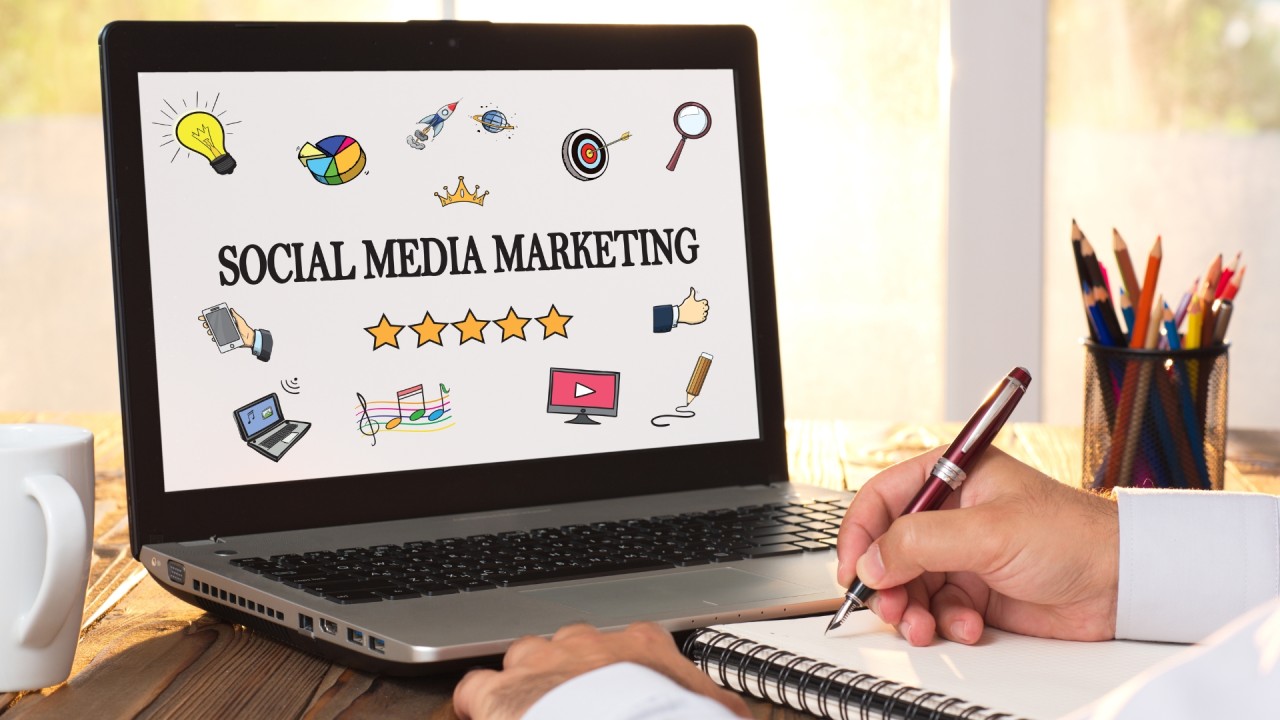Key Takeaways:
- Seminarios are educational sessions where participants discuss and exchange information on a specific topic
- Seminarios foster critical thinking, broaden knowledge, and encourage active participation
- Seminarios play a crucial role in various fields of study by facilitating the exchange of ideas and knowledge
- Thorough preparation is essential for a successful seminario
- Choosing the right topic, conducting effective research, and organizing the presentation are key steps for success
- Engaging the audience and using visual aids are important presentation skills
- Preparing for Q&A sessions and managing difficult questions are crucial for handling challenges
- Dealing with stress and overcoming presentation anxiety help in delivering impactful presentations
What are Seminarios and Why are They Important?
Seminarios, also known as seminars, are educational sessions or workshops where participants come together to discuss and exchange information on a specific topic. These sessions provide a platform for learning, collaboration, and sharing of ideas among individuals with a common interest.
Understanding the Concept of Seminarios
A seminario is designed to foster critical thinking, deepen understanding, and broaden knowledge in a particular subject area. It often involves presentations, discussions, and interactive activities that encourage active participation from attendees. Seminarios are widely used in academia, research, professional development, and various fields of study to promote learning and enhance skills.
Importance of Seminarios in Various Fields of Study
Seminarios play a crucial role in different fields of study by providing a platform for researchers, scholars, and professionals to share their insights, findings, and expertise. They offer opportunities for networking, building professional relationships, and expanding knowledge within a specific domain. Seminarios facilitate the exchange of ideas, encourage interdisciplinary collaboration, and contribute to the advancement of knowledge in various disciplines.
Preparing for Success: Key Steps to Master Seminarios
To make the most out of a seminario experience, thorough preparation is essential. Here are some key steps to help you master seminarios:
Choosing the Right Seminario Topic
When selecting a seminario topic, it is important to choose something that aligns with your interests, expertise, and professional goals. Consider a topic that is relevant, current, and has the potential to generate meaningful discussions. Conduct a preliminary research to ensure there is enough literature and resources available to support your chosen topic.
Effective Research Techniques for Seminarios
Research is a critical component of any seminario. To conduct effective research, start by identifying reliable and authoritative sources such as academic journals, books, and reputable websites. Use keywords and advanced search techniques to narrow down your search and retrieve relevant information. Take comprehensive notes, organize your findings, and critically analyze the collected data to support your arguments and enhance the quality of your presentation.
Organizing Your Seminario: Tips for a Coherent Structure
Organizing your seminario presentation in a coherent structure helps your audience easily follow along and grasp the key points. Start with an engaging introduction that provides an overview of the topic and sets the stage for the presentation. Divide your presentation into logical sections with clear headings and subheadings. Use transition words and phrases to guide your audience through different segments of your presentation. Finally, end with a concise and impactful conclusion that summarizes the main points and leaves a lasting impression.
Presenting Like a Pro: Skills to Captivate Your Audience
The success of a seminario presentation depends not only on the content but also on how it is delivered. Here are some key skills to help you captivate your audience:
Making a Memorable Introduction
Begin your presentation with a hook that grabs the attention of your audience. You can start with an intriguing anecdote, a thought-provoking question, or a compelling statistic. Clearly state the purpose of your presentation and provide a roadmap to guide your audience through the content. Engage your audience from the start to create a lasting impact.
Engaging Your Audience with Effective Communication Strategies
Effective communication is vital during a seminario presentation. Use clear and concise language to convey your ideas and arguments. Maintain eye contact with your audience and project confidence and enthusiasm. Incorporate storytelling techniques, use visual aids, and employ rhetorical devices to keep your audience engaged and interested in your topic. Encourage audience participation through questions, discussions, and interactive activities.
Using Visual Aids to Enhance Your Presentation
Visual aids can significantly enhance the impact of your seminario presentation. Use PowerPoint slides, charts, graphs, and images to reinforce your key points and make complex information more accessible. Ensure that your visual aids are visually appealing, easy to read, and relevant to your content. Remember to strike a balance between the use of visual aids and your verbal communication.
Handling Q&A Sessions and Overcoming Challenges
Q&A sessions are an integral part of seminarios and can pose challenges to presenters. Here are some tips to help you navigate through Q&A sessions and overcome challenges:
Tips for Preparing for Q&A Sessions
Prior to your seminario presentation, anticipate potential questions that may arise from your audience. Prepare well-thought-out and concise answers for these questions. Revisit your research, review your presentation, and ensure you are familiar with the key points and findings. Practice responding to questions confidently and succinctly.
Managing Difficult Questions and Navigating Tricky Situations
During the Q&A session, you may encounter difficult questions or challenging situations. Stay calm, listen attentively, and seek clarification if needed. If you are unsure of the answer, it is acceptable to admit it and offer to follow up with more information later. Respond respectfully and professionally, even if faced with opposing views or criticism.
Dealing with Stress and Overcoming Presentation Anxiety
Presenting in front of an audience can be nerve-wracking, but there are strategies to help manage stress and overcome presentation anxiety. Practice your presentation multiple times to build confidence and familiarity. Use relaxation techniques, such as deep breathing or visualization, to calm your nerves. Remember that your audience is there to learn from you, and that you are the expert on your topic.
By following these steps and implementing the skills outlined, you can master the art of seminarios and deliver impactful presentations. Remember, effective preparation, engaging presentation skills, and the ability to handle challenges are key components to success in seminarios. Embrace the learning experience, continue to develop your skills, and enjoy the opportunity to share your knowledge with others in this unique educational setting.










